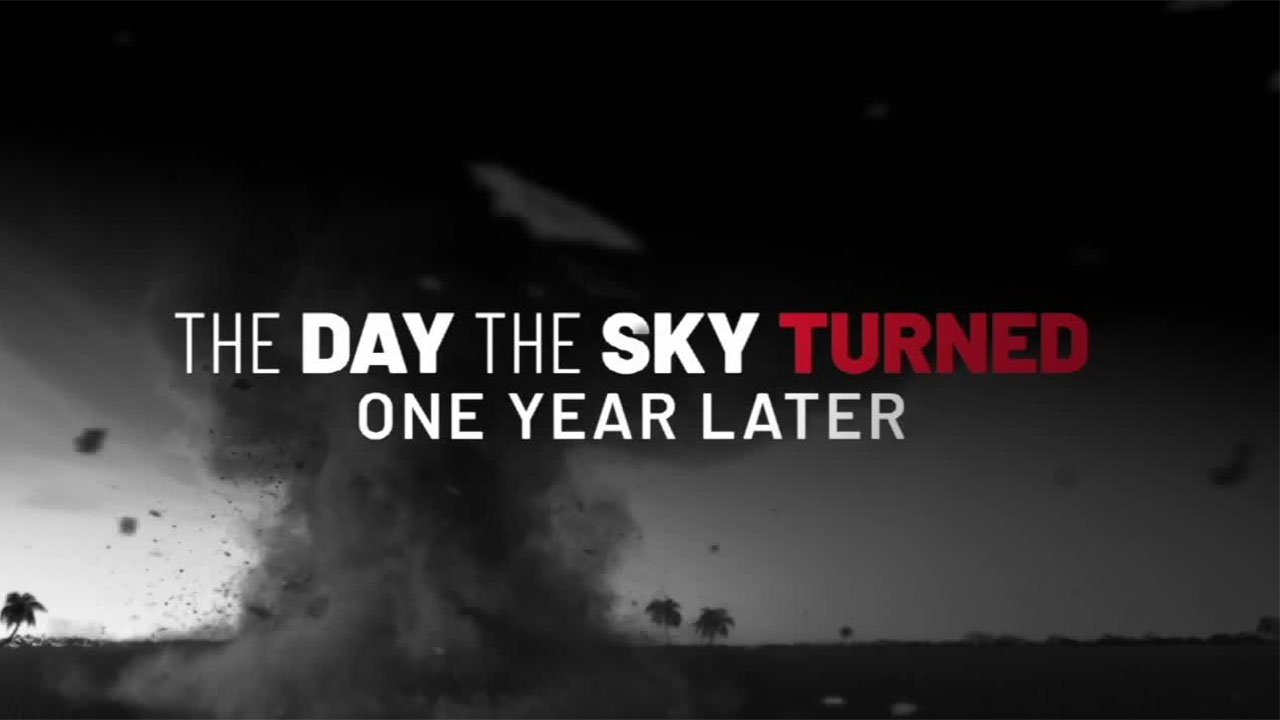WEST PALM BEACH, Fla. — Wednesday is the last day of hurricane season, and it was a tough year for Florida after being battered by Hurricane Ian and Nicole.
After three decades on the job, WPTV First Alert Weather Chief Meteorologist Steve Weagle is still extremely passionate about his work to keep the community informed and safe when covering these potentially catastrophic storms.
"This really is the most incredible force of nature," Weagle said. "It's the Super Bowl of weather. It really is."
Weagle is known for his urgent, imperative, and yet, calm forecasting, especially during lengthy hurricane coverage.
"My very first hurricane was Floyd in 1999, and that was a big storm," he said.
TRACKING THE TROPICS: Hurricane Center | Hurricane Guide

Weagle has seen a dramatic shift over the years in tracking hurricanes.
"We've come a long, long way," he said. "We now have the technology where we can handle more data and we can do it faster. The model guidance is really our most important tool to use."
He said of the hundreds of computer models that forecast hurricane tracks, about 10 have risen to the level of reliability over the years, and two of them are famous at this point.
"Now, there's a little competition going on between the Americans and the Europeans over who has the better computer model," Weagle said. "Last year, the GFS, which is the American model, did a better job overall than the Euro. This year, we'll have to wait and see. In Ian, it seems the Euro did the best job."
To demonstrate another advancement, Weagle described the narrowing of forecasting the area where a storm might make landfall, commonly referred to as the "cone of uncertainty."
"In the last 20 years, these cones have shrunk quite a bit, especially in the fourth and fifth day. Twenty years ago, it was a spread of 600 to 700 miles across, and now, we have a much smaller cone," Weagle said.

He also explained this advancement has made a big difference when authorities determine evacuation zones during a storm.
"Whereas in the past, we might have evacuated the whole state of Florida, now we have an evacuation area that might be just South Florida or just the coastline of South Florida," he said.
Satellite images are another game-changer.
"Now, we have these amazing satellites that give us in real time these photos of what's going on. It's astounding to think how far we've come," Weagle said.
Weagle added the science behind forecasting the intensity of storms has not improved much in the last 20 years.
"The issue is what goes on in the eye wall, the little dynamics that are difficult for computer models to handle and predict how strong storms are going to be," he said.
He looks forward to seeing progress on that front throughout the rest of his career.








